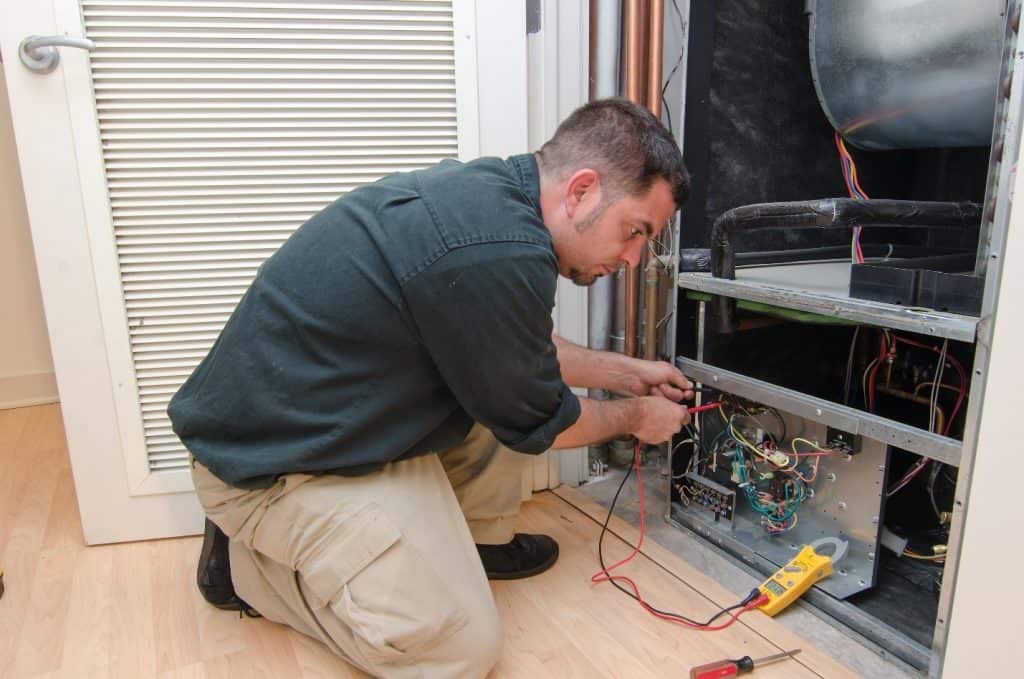When the temperature drops to very low levels, you’ll want to make sure that you can rely on your heating problems system to contribute to a comfortable night indoors. There are a variety of things that can go wrong with your heater, but some of them are more common and easier to address than others.
Heating Problems You Can Avoid

Carbon Monoxide Poisoning
Carbon monoxide is a deadly odorless and colorless gas that is a natural byproduct of combustion. It is even more dangerous because it is not detectable by any of your five senses.
Furnaces and boilers that are not regularly maintained are more likely to release greater amounts of carbon monoxide as a result of incomplete combustion. During a heating tune-up, your technician will inspect your furnace or boiler to make sure it is operating safely, as designed, by checking for the following:
- Cracks in the combustion chamber
- Insufficient airflow
- Incorrect gas pressure
- Improper ventilation
- Malfunctioning safety devices
Heat cycling
Your heater turning on and off more than usual is a sign of heat cycling. It’s easy to overlook this problem at times, primarily if your heater still produces enough heat. Heat cycling, however, makes your heating system uneconomical. Detecting the problem sooner will help you save loads on your utility bills.

Premature Heating System Breakdowns
Getting your furnace or boiler tuned-up each year keeps it running in peak condition, saving you money by avoiding costly repairs. In fact, getting an annual heating tune-up not only prevents heating repairs, but can also extend the life of your furnace.
In general, we have found that a regularly maintained furnace or boiler will require fewer repairs and last 2-3 years longer than one that did not have annual tune-ups because heating tune-ups catch small problems before they turn into big repairs.
Inconsistent or lack of heating
When you notice that your house is not evenly heated throughout, it may be because of a number of issues. While many heating problems are due to pilot control or system malfunction, it can also be because of cracks and holes in the room or improper insulation.


